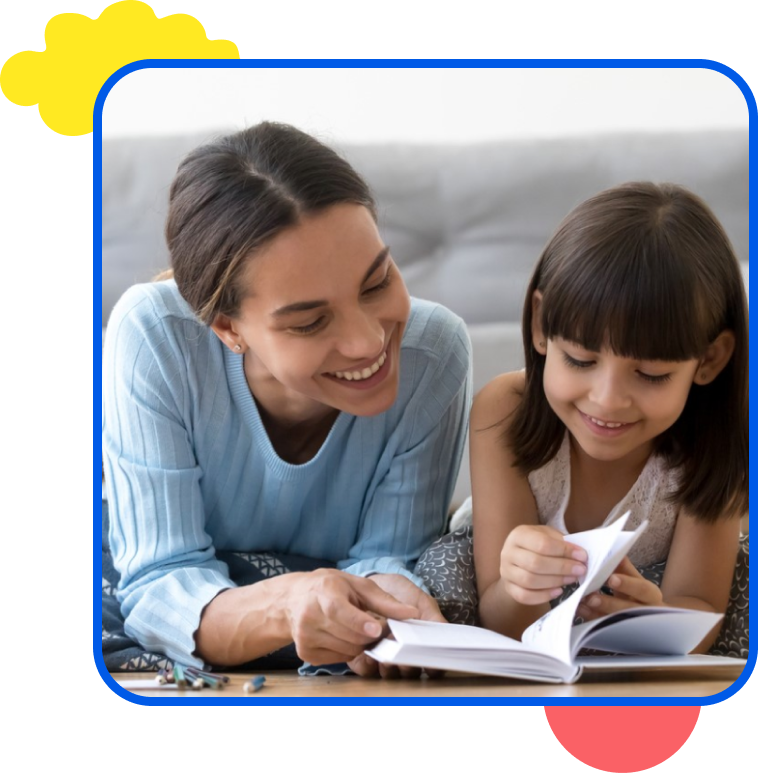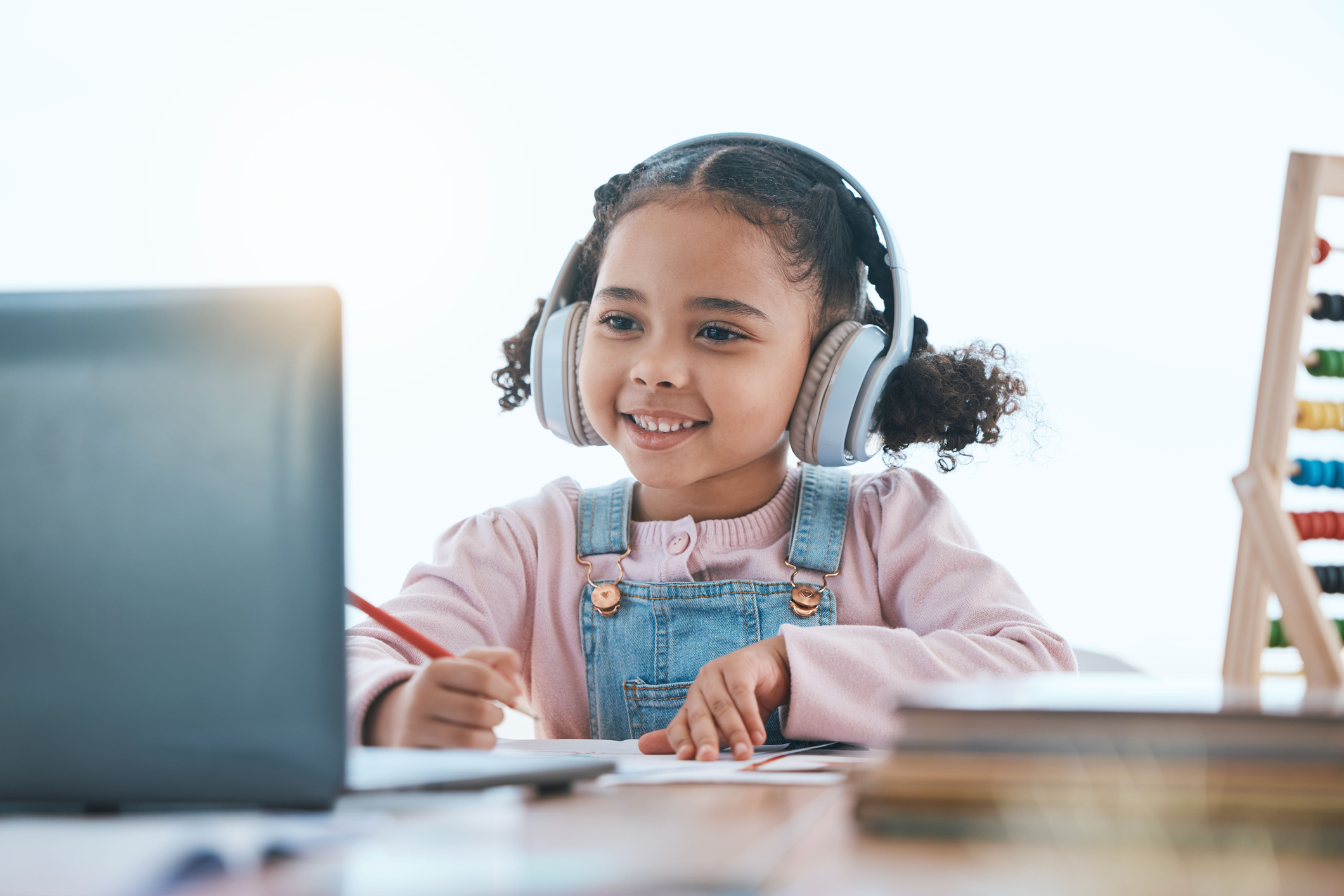What Is Second Language Acquisition? (+ How to Help Your Child Acquire a Second Language)



Want to give your child the gift of a second language? Learning about the principles of second language acquisition can help!
What is second language acquisition? It’s a field of linguistics that explores how individuals pick up and internalize a new language beyond their native tongue.
How can second language acquisition principles help your child acquire a new language? That’s what we’ll discuss in this article!
Specifically, we’ll share information on the six stages of second language acquisition and provide examples of how to apply the scientific research to your child’s language learning journey.
Let’s begin!
What is second language acquisition?
Second language acquisition, often abbreviated as SLA, is a multifaceted branch of linguistics that explores how individuals learn and internalize a language beyond their first.
SLA investigates a wide range of factors that influence language learning. One key aspect is the role of input, or the linguistic stimuli that learners are exposed to. The quality and quantity of input significantly impact language acquisition.
Additionally, the interaction between learners and their environment, the importance of motivation, and the influence of individual differences such as cognitive abilities are all central themes in SLA research.
Over the years, research in SLA has evolved, incorporating insights from psychology, sociology, and education to offer a more comprehensive understanding of the language learning process.
What are the stages of second language acquisition?
Understanding the stages of second language acquisition can provide valuable insights into your child’s linguistic development.
Let’s look into each of the six stages of second language acquisition and consider examples of what your child could do with a second language at each stage.
1. Pre-production
During this initial stage, sometimes called the “silent period,” your child is absorbing the new language, understanding more than they express. They may respond with nods, gestures, or brief words.
For instance, if your child is learning Arabic, they might point to objects when prompted, indicating comprehension even if they can’t yet respond verbally.
2. Early Production
As your child progresses, they begin uttering short phrases and simple sentences. Encourage these early attempts!
If your child is learning English as a second language, they might respond with basic phrases like “yes” or “no” when asked questions.
3. Speech Emergent
In this stage, your child starts to articulate more complex thoughts. They can now answer questions and express basic needs.
For instance, if your child is learning Korean, they might begin to express basic needs, such as when they are hungry, thirsty, or tired.
4. Beginning Fluency
In the beginning fluency stage, your child begins to confidently engage in short conversations. They express themselves more fluidly, perhaps sharing experiences or preferences.
For instance, if your child is learning Chinese, they might initiate a simple conversation about their favorite colors or talk about the activities they enjoy.
5. Intermediate Fluency
At this stage, your child can engage in more complex conversations and share detailed information.
For example, after a trip to Mexico, your child could describe in Spanish the places visited, the local culture and cuisine, and their opinions on the overall experience.
6. Advanced Fluency
In the final stage of advanced fluency, your child demonstrates a high level of language proficiency. They can handle intricate language structures and engage in nuanced discussions.
For example, if your child is learning French, they would have the French skills to share detailed insights about their favorite video game, describe the plot of their favorite movies, or talk about a complex project completed at school.
Why is second language acquisition research important?
The insights gained from second language acquisition research have practical implications for language educators and parents.
Here are some examples specific to parents with young language learners.
Setting realistic expectations for language acquisition
Comprehension of SLA stages allows parents to set realistic expectations and language learning goals.
Knowing that the language learning journey involves gradual progress from basic comprehension to advanced fluency also helps parents appreciate the incremental nature of language acquisition.
Tailoring support for language development
Awareness of SLA principles also enables parents to tailor their support to align with their child’s developmental stage.
Whether a child is in the early production stage or the advanced fluency phase, parents can adjust their encouragement, resources, and activities accordingly.
Overcoming language plateaus and obstacles
Understanding SLA also equips parents to identify potential challenges or hurdles their child may encounter while learning a new language.
From addressing pronunciation difficulties to building writing skills, parents with knowledge of second language acquisition can proactively address obstacles before they affect their child’s motivation.
Choosing effective language learning programs, resources, and classes
Understanding second language acquisition theories can help parents better evaluate language learning programs, resources, and classes.
Language programs that incorporate interactive and communicative approaches, such as LingoCircle, should be prioritized over traditional rote memorization methods to ensure children develop practical communication skills.
How to help your child acquire a second language
Here are a few examples of how you can use second language acquisition research findings to help your child learn a new language.
Authentic language resources
Research shows that authentic resources, such as movies, news broadcast clips, restaurant menus, and television shows, can aid language learners in building practical language skills. They can also help language learners pick up the cultural nuances of the target culture.
For example, if your child is learning Spanish, you might expose them to kids’ TV shows from Spain or Latin America. That way, they can hear and pick up native pronunciation and colloquial expressions.
Language learning environment
SLA research also shows that the environment of a language learner can also impact how well they acquire a second language. For example, one study found that students’ physical, academic, and psychological surroundings influenced the effectiveness of second language learning.
How can you apply this research to help your child? Well, you might consider setting up a “language corner” at home with books, games, and activities in the target language.
You could also cultivate a psychologically positive atmosphere by praising your child’s language efforts and creating a sense of enjoyment around language activities.
Language motivation
Research also shows that motivated language learners tend to achieve higher proficiency levels and sustain long-term interest in language acquisition.
For example, if your child is learning a language like Mandarin Chinese, find ways to align language activities with their interests. You could do this by incorporating Chinese language elements into their favorite games or exploring language learning activities related to their hobbies.
Final thoughts on second language acquisition
Second language acquisition is a fascinating field that provides valuable insights into how people acquire new languages.
By incorporating the principles from SLA research, you can play an active role in shaping your child’s path to bilingualism or multilingualism.
At LingoCircle, our online language classes for kids are designed with SLA principles in mind, offering an immersive and interactive language learning experience.
Our engaging curriculum aligns with the natural stages of language acquisition. Our small online group classes, led by native-speaking teachers, also cultivate a supportive environment where children can flourish in their language journey.
Want to see if our online language classes are suitable for your child? Try the first lesson for free!


Simple Ways to Learn a Second Language at Home
Get resources and tips to help supplement your bilingual education journey at home.
By providing your email you are signing up to receive emails from Bilingual Bebe. Privacy Policy







